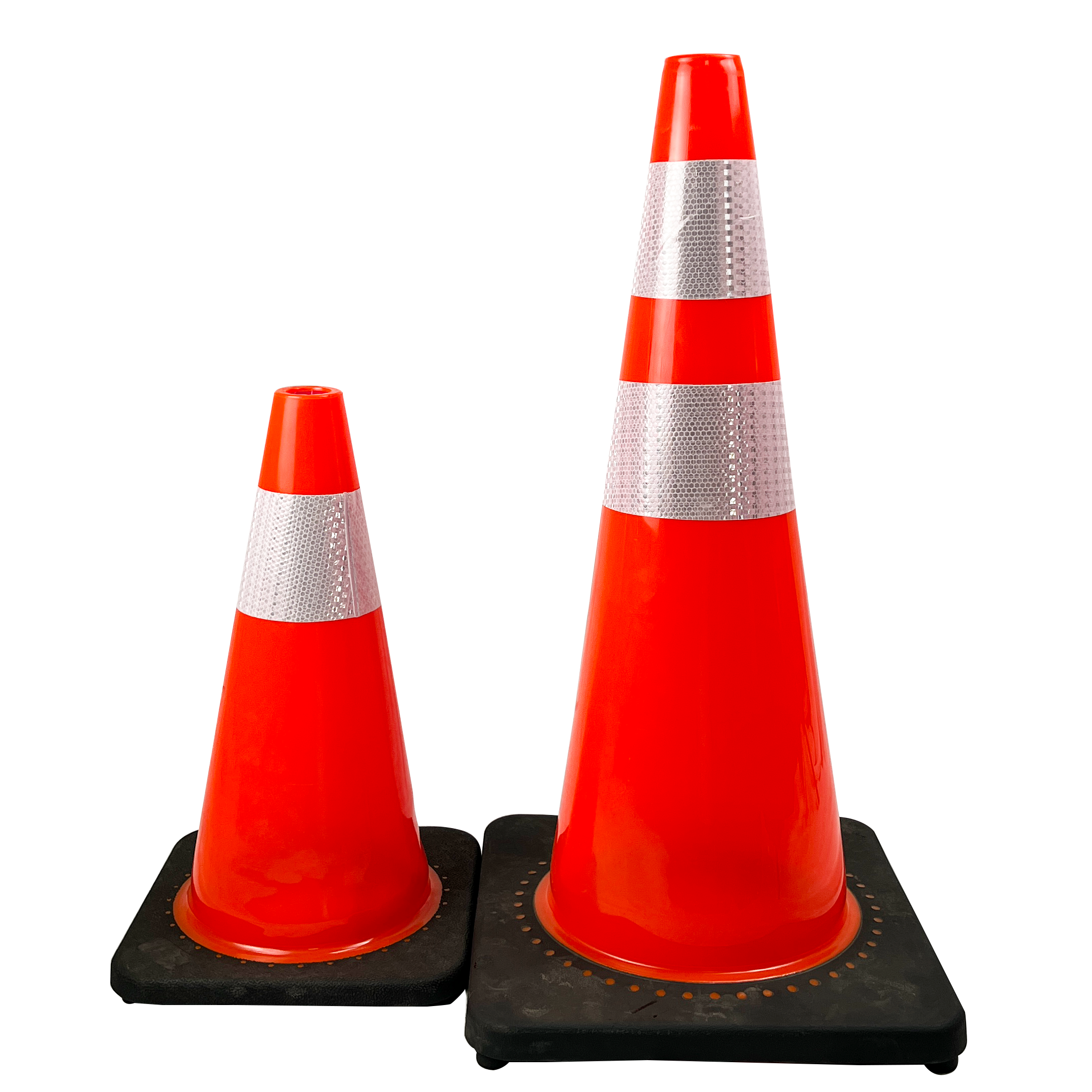The Essential Role of High-Visibility Traffic Control in Modern Road Safety
On any given day across thousands of miles of roadways, orange cone traffic devices stand as silent sentinels, guiding vehicles and protecting workers in construction zones. These humble yet crucial tools have become an indispensable part of our transportation infrastructure, serving multiple purposes in maintaining order and ensuring safety on our roads. From highway construction projects to emergency response scenarios, these bright orange markers have proven themselves time and again as vital components of traffic management systems.
The significance of orange cone traffic devices extends far beyond their simple appearance. They represent a universal language of caution that drivers worldwide instantly recognize and respond to. In an era where road construction and maintenance activities are constantly ongoing, these devices have become more important than ever in preventing accidents and protecting both workers and motorists.
Understanding Traffic Control Device Standards and Regulations
Material and Design Specifications
Orange cone traffic devices must meet strict quality standards set by transportation authorities. The fluorescent orange color is specifically chosen for its high visibility in various lighting conditions and weather situations. These devices are typically constructed from durable PVC or rubber compounds that can withstand severe weather conditions while remaining lightweight enough for easy deployment and repositioning.
The base design of these cones incorporates weighted bottoms to prevent tipping in high winds or from vehicle drafts. Many modern orange cone traffic devices also feature reflective collars that enhance visibility during nighttime hours or in poor weather conditions, making them effective 24/7 safety tools.
Placement and Implementation Guidelines
Proper placement of orange cone traffic devices follows carefully calculated patterns based on factors such as road speed limits, traffic volume, and type of work being performed. Standard spacing requirements ensure adequate warning time for approaching vehicles while maintaining clear guidance through work zones or hazard areas.
Transportation departments provide detailed guidelines for the deployment of these devices, including specific distance requirements between cones and proper tapering techniques for lane closures. These requirements help create predictable and safe traffic patterns that drivers can easily understand and navigate.
Benefits of Orange Cone Traffic Devices in Construction Zones
Worker Protection and Safety Enhancement
Construction workers rely heavily on orange cone traffic devices as their first line of defense against oncoming traffic. These highly visible markers create clear boundaries between work zones and active traffic lanes, giving workers the confidence to focus on their tasks while remaining protected within designated safe zones.
The presence of these devices also helps maintain consistent buffer zones between construction activities and passing vehicles, reducing the risk of accidents caused by sudden vehicle movements or driver distractions. This separation is crucial for preventing workplace injuries and ensuring smooth workflow in construction areas.
Traffic Flow Management
Orange cone traffic devices excel at directing vehicles through complex construction zones while maintaining efficient traffic flow. Their versatility allows for quick reconfiguration as work progresses, enabling adaptive traffic management that minimizes delays while maximizing safety.
These devices can effectively create temporary lanes, merge points, and detours that help maintain traffic movement even during major construction projects. Their high visibility ensures drivers can easily identify and follow designated paths, reducing confusion and preventing bottlenecks.

Emergency Response Applications
Accident Scene Management
When accidents occur, first responders quickly deploy orange cone traffic devices to secure the scene and protect emergency personnel. These devices create immediate visual barriers that alert approaching drivers to slow down and proceed with caution, essential for preventing secondary accidents.
The portable nature of orange cone traffic devices allows emergency teams to quickly establish safe work areas in unpredictable situations. Their universal recognition helps maintain order even in chaotic post-accident scenarios, enabling efficient emergency response operations.
Temporary Hazard Marking
Beyond accident scenes, orange cone traffic devices serve as crucial markers for temporary road hazards such as potholes, debris, or damaged infrastructure. Their high visibility ensures drivers can spot and avoid these dangers until permanent repairs can be made.
These devices prove particularly valuable during adverse weather conditions or natural disasters when normal road markings may be obscured or compromised. Their quick deployment capability makes them essential tools for rapid response to emerging road hazards.
Future Innovations in Traffic Safety Devices
Smart Technology Integration
The future of orange cone traffic devices includes integration with smart city infrastructure. Emerging technologies include embedded sensors that can monitor traffic patterns, detect impacts, and even communicate with autonomous vehicles to enhance safety in work zones.
Some manufacturers are developing connected cone systems that can alert workers when devices are struck or displaced, enabling faster response to potential safety breaches. These innovations represent the evolution of traditional traffic control devices into intelligent safety systems.
Sustainable Materials and Design
Environmental considerations are driving the development of more sustainable orange cone traffic devices. New materials offering improved durability while reducing environmental impact are being tested and implemented. These advanced materials maintain the essential safety features while contributing to reduced waste and lower carbon footprints.
Manufacturers are also exploring solar-powered lighting elements and recyclable components to create more environmentally friendly traffic control solutions without compromising on safety performance.
Frequently Asked Questions
How long do orange cone traffic devices typically last?
High-quality orange cone traffic devices typically last 2-3 years with regular use in normal conditions. However, lifespan can vary significantly based on usage intensity, weather exposure, and maintenance practices. Proper storage and handling can extend their service life considerably.
What makes orange the standard color for traffic cones?
Orange is chosen for its high visibility and unique color profile that stands out against most background environments. The specific fluorescent orange shade used in traffic devices is scientifically proven to capture attention quickly and is easily distinguishable in various lighting conditions.
Are there specific weight requirements for orange cone traffic devices?
Yes, standard traffic cones must meet minimum weight requirements based on their height and intended use. Traditional 28-inch cones typically weigh between 7-10 pounds, while taller 36-inch models often weigh 10-15 pounds. These weights ensure stability while maintaining portability for easy deployment.
Table of Contents
- The Essential Role of High-Visibility Traffic Control in Modern Road Safety
- Understanding Traffic Control Device Standards and Regulations
- Benefits of Orange Cone Traffic Devices in Construction Zones
- Emergency Response Applications
- Future Innovations in Traffic Safety Devices
- Frequently Asked Questions

